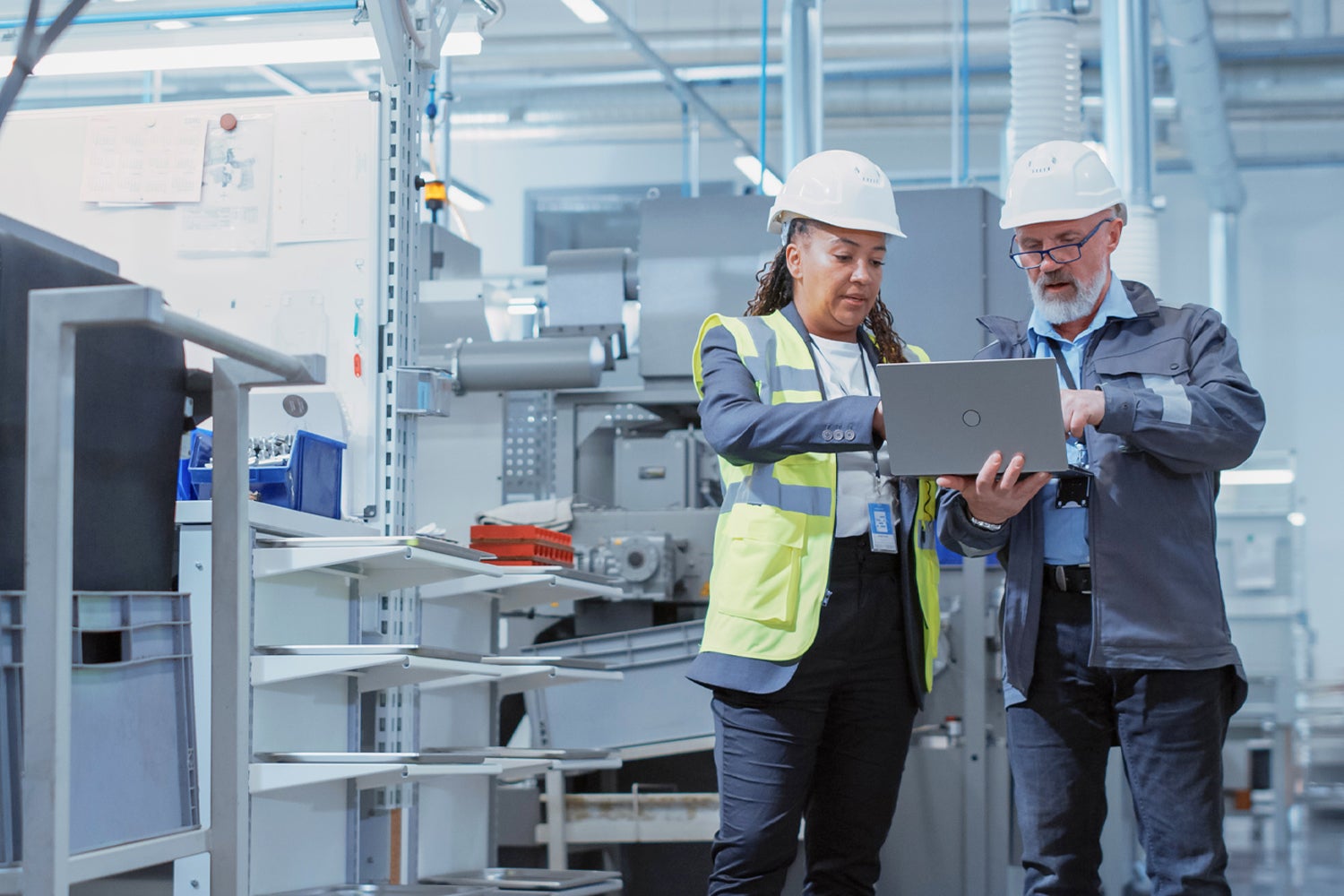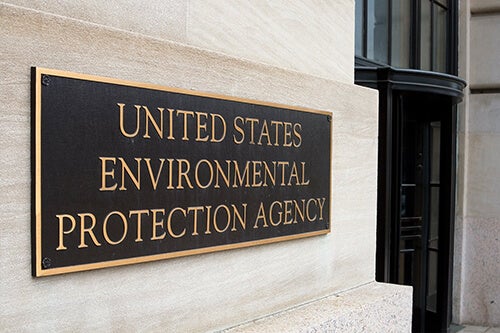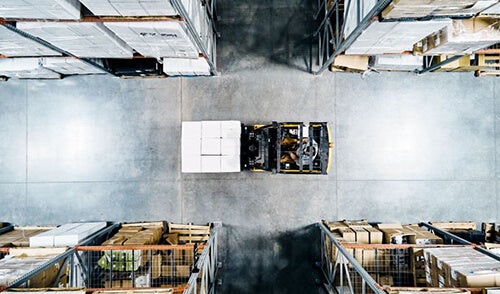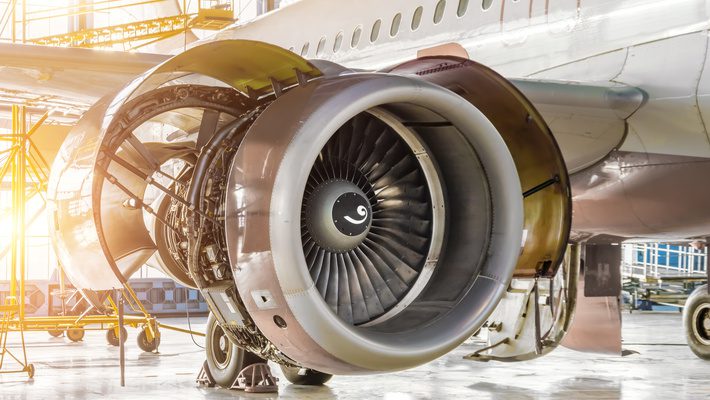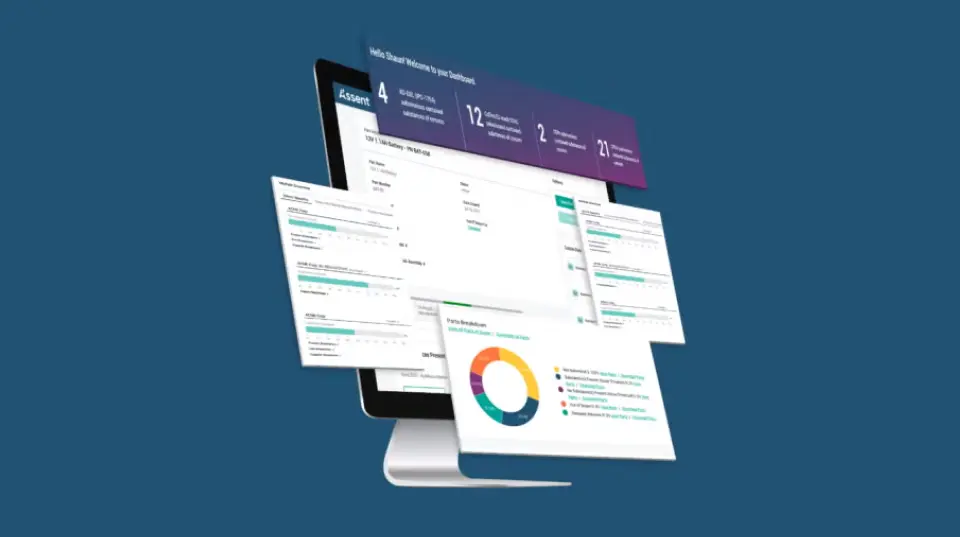On January 22, 2025, the European Union published the final legal text of the Packaging and Packaging Waste Regulation (Regulation (EU) 2025/40) in its Official Journal. This new regulation replaces the old Packaging and Packaging Waste Directive (Directive 94/62/EC) and introduces more stringent requirements and many additional obligations for manufacturers.
For businesses that manufacture, use, or distribute packaging in the EU, understanding these new regulations is essential. Here’s what you need to know about the new Packaging and Packaging Waste Regulation.
What Is the Packaging & Packaging Waste Regulation?
The regulation aims to reduce packaging waste, enhance sustainability, and decrease environmental impacts. It applies to all packaging and packaging waste in the European market, covering materials used commercially, industrially, and in households.
Unlike the previous Packaging and Packaging Waste Directive, which allowed EU member states to implement rules at their discretion, this new regulation applies directly to all EU countries. This update should ensure alignment across the EU.
What are the Goals of the New Packaging Waste Regulation?
The new regulation is a core part of the EU’s Circular Economy Action Plan (CEAP). The CEAP aims to transition Europe to a more sustainable economic model by reducing waste and keeping materials in use for as long as possible. The key objectives of the regulation include:
- Reduce unnecessary packaging
- Promote recyclability and reusability with enforceable standards and labeling
- Implement limits on hazardous substances in packaging
- Increase extended producer responsibility (EPR) for packaging waste
What Are the New Requirements?
This is a broad regulation, with requirements for labeling, product design, materials compliance, recycled content, and more. It covers the entire life cycle of packaging, from design and production to recycling and disposal.
Under the EU Packaging and Packaging Waste Regulation, new obligations will apply to companies that produce packaging materials (such as glass, plastic, and paper), those that package products under their own trademarks, and importers of packaged goods into the EU.
- By 2030, all packaging must be designed for recycling by meeting recyclability criteria established under the new regulation
- Plastic packaging must contain a minimum percentage of recycled content. The standardized methodology for calculation will come by December 31, 2026
- Minimizing substances of concern in packaging from August 2026 onwards. This will require packaging manufacturers to know where substances of concern are used in their supply chains
- Removing per- and polyfluoroalkyl substances (PFAS) from food packaging from August 2026 onwards
- Using harmonized labels and marking to help consumers recycle properly. These labels must include material composition data
- Prepare technical documentation to demonstrate compliance with substance restrictions and recyclability requirements
In addition, the Packaging and Packaging Waste Regulation introduces several requirements for the EU market that affect goods manufacturers indirectly. These include:
- Requirements for creating a deposit return system for beverage containers in 2029
- A ban on single-use plastic packaging and bags starting in January 2030
Introduction of compostable and biodegradable obligations and harmonized labeling requirements take effect
| Date | Requirement |
| January 2025 | Final legal text published |
| August 2026 | PFAS restrictions in food-content packaging Substances of concern must be minimized in packaging |
| December 2026 | The European Commission must prepare a report on the presence of substances of concern Methodology for calculating recycled content in plastic waste finalized |
| August 2028 | Introduction of compostable and biodegradable obligations and harmonized labeling requirements take effect Substances of concern must be labeled |
| January 2029 | Implementation of a deposit return system |
| January 2030 | All packaging items must be recyclable; restrictions on some single-use plastic and bags begins |
| By 2030 | First targets deadline: Minimum percentage of recycled content, 5% reduction target for member states compared to 2018 baseline, and reuse targets |
| 2035 Onwards | All packaging must be recyclable at scale |
| 2035 | 10% reduction target for member states |
| 2040 | 15% reduction target for member states |
How to Prepare for the New Packaging & Packaging Waste Regulation
If your company produces, imports, or distributes packaging in the EU, you must ensure compliance with these new requirements. Don’t be fooled by the 15-year timeline — the majority of new requirements affecting your supply chain and product compliance processes kick in within the next three years.
Substances of concern must be minimized in packaging from August 2026 onwards, and they must be labeled from August 2028 onwards.
In addition, the restriction on heavy metals is a holdover from the original Packaging Waste Directive and is already in effect.
Here’s how you should prepare:
- Review the material composition of your packaging to ensure they meet substance-level requirements
- Proactively reduce unnecessary packaging (including packaging redesign) to minimize weight and volume
- Engage your suppliers for product and material compliance data
- Monitor European Commission publications for new labeling requirements and methodologies
- Speak with an Assent supply chain sustainability expert
Sustainability Starts With Your Supply Chain: Take the First Step
The Packaging and Packaging Waste Regulation is a significant step in the EU’s commitment to a circular economy. Starting now, businesses need to plan ahead for their packaging design and material sourcing.
There are stricter waste reduction targets than before, and new market restrictions. Staying ahead of these changes is essential for regulatory and sustainability compliance. Now is the time to start assessing your supply chain for compliance risks. You should also put your packaging design under the microscope.
Assent can help. Our supply chain sustainability management platform streamlines supplier engagement using advanced AI capabilities to rapidly deliver insights and help prevent compliance risks. Book a demo today to learn how we can keep you ahead of emerging sustainability regulations.






